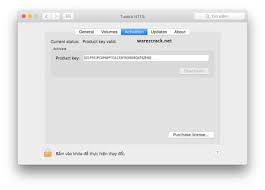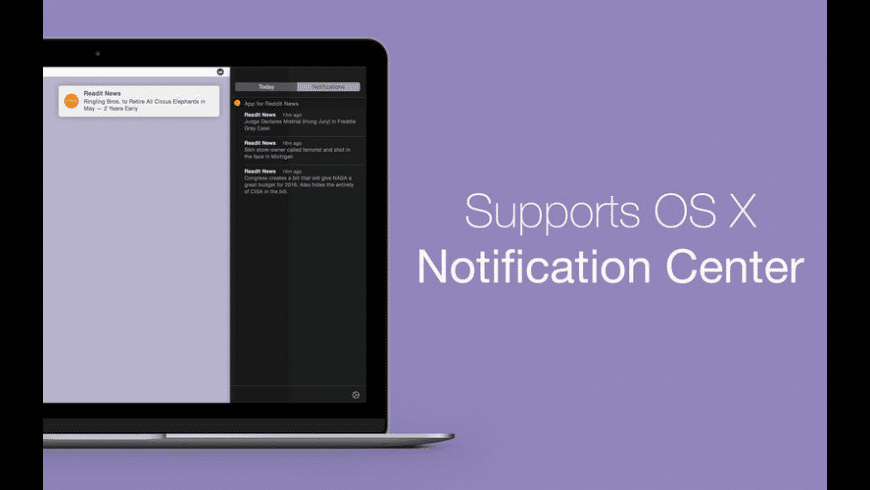

- #Tuxera ntfs for mac os sierra install
- #Tuxera ntfs for mac os sierra drivers
- #Tuxera ntfs for mac os sierra update
- #Tuxera ntfs for mac os sierra driver
- #Tuxera ntfs for mac os sierra software
Within the Terminal, enter the following command to enable SIP and reboot back into OS X: csrutil enable Reboot into Recovery mode again, this time, to re-enable SIP.

Sudo ln -s /usr/local/sbin/mount_ntfs /sbin/mount_ntfs Within the Terminal, enter the following commands to swap out the link to the native mount_ntfs binary with a link to NTFS-3G's mount_ntfs binary: sudo mv /sbin/mount_ntfs /sbin/mount_ntfs.original Within the Terminal, enter the following command to disable SIP and reboot back into OS X: csrutil disableīoot into OS X, and open a Terminal window. Reboot your Mac, and hold Cmd + R to enter Recovery mode. That is, not until we disable System Integrity Protection. Therefore, we can't simply swap out the binary by using sudo and running ln. It restricts the root account and limits the actions that the root user can perform on protected parts of OS X.

#Tuxera ntfs for mac os sierra software
System Integrity Protection is a security technology in OS X El Capitan that's designed to help prevent potentially malicious software from modifying protected files and folders on your Mac. This was a pretty easy thing to do before OS X 10.11 El Capitan, but due to System Integrity Protection, it is now slightly harder. To get NTFS-3G to work, we need to replace the built-in /sbin/mount_ntfs binary, which is linked to Apple's NTFS driver, with NTFS-3G's mount_ntfs.
#Tuxera ntfs for mac os sierra install
Next, let's finally install NTFS-3G via Homebrew: brew install homebrew/fuse/ntfs-3g Replacing Mount_NTFS
#Tuxera ntfs for mac os sierra update
In any case, go ahead and update the Homebrew formula: brew update If you don't, install it using this one-liner: ruby -e "$(curl -fsSL )" Verify that you have Homebrew installed by running: brew -v But not so fast, we need Homebrew for that. Once that's done, we can go ahead and install NTFS-3G. Note: Make sure to select the MacFUSE Compatibility Layer in the installation options. It's required by NTFS-3G, so let's go ahead and install the latest OSXFUSE (3.x.x) from here:ĭownload the latest osxfuse-3.x.x.dmg attachment, mount it, and install it, as with any other. So basically, it's a way for developers to extend OS X's native file handling APIs to other file systems. As a user, installing the OSXFUSE software package will let you use any third-party file system written atop OSXFUSE or MacFUSE, if you choose to install the MacFUSE compatibility layer.
#Tuxera ntfs for mac os sierra driver
NTFS-3G is an NTFS read/write driver that is free and open-source, and there don't seem to be any corruption issues arising from using it.įUSE for OS X allows you to extend OS X's native file handling capabilities via third-party file systems.
#Tuxera ntfs for mac os sierra drivers
Using the built-in NTFS drivers - Writing to NTFS drives is a functionality that's been built into OS X for some time.There are a few ways to enable NTFS write support on OS X. It's 2016, Apple, wake up! People who work together in the same office, on different operating systems, should be able to exchange files via USB flash drive with ease, without having to worry about formatting their drives with a cross-platform filesystem, like exFAT. You plug in a USB flash drive from a co-worker who uses Windows to simply copy over a file, only to realize that you can't actually write to NTFS-formatted drives on Mac out of the box. Write to NTFS Partitions in OS X 10.11 El Capitan Jan 6, 2016


 0 kommentar(er)
0 kommentar(er)
